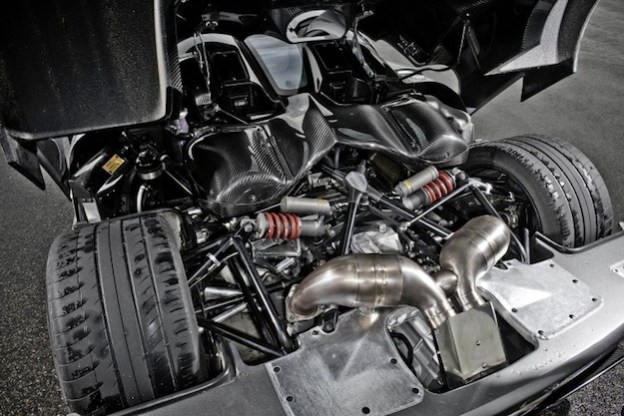
If you have time to sit through a 10-minute video detailing exciting new engine technology from Swedish supercar maker Koenigsegg, we suggest you do. For those of you with a limited schedule, we’ll give you a quick breakdown of the highlights.
In this, the latest “Inside Koenigsegg,” video (by way of MotorAuthority) Christian von Koenigsegg goes through the new engine technology that he and his engineers are tinkering with called Free Valve.
The innovative engine valve management system essentially replaces the need for engine camshafts and replaces them with compressed air-driven actuators, which are lubricated by engine oil. The system can operate up to 20,000 RPMs without risk of engine damage, which would be ideal for small displacement racecars – like those in Formula One – and motorcycles.
According to Koenigsegg himself, the system can increase fuel economy, horsepower, and torque by 30 percent while simultaneously decreasing emissions by 50 percent.
In addition to its gasoline engine management efficiency, Koenigsegg hinted the gas engine could also be used as an air pump to recapture engine braking energy in the form of compressed air and storing it in an air tank. This compressed air could then be used to either run the engine emissions-free for a short distance using the engine as a compressor or as a power boost much like a turbocharger would but without any energy loss. We saw a similar system recently implemented by PSA Peugeot Renault, in the form of an air hybrid system.
We love this idea – not only for the improved horsepower potential but also as an example of how engineering prowess and creative thinking can be used to further improve the gasoline engine, without relying on precious earth metals in the form of a lithium-ion battery hybrid system.
Koenigsegg and his team are currently running test vehicles with the Free Valve system, although any production Free Valve engines are at least several years away.


